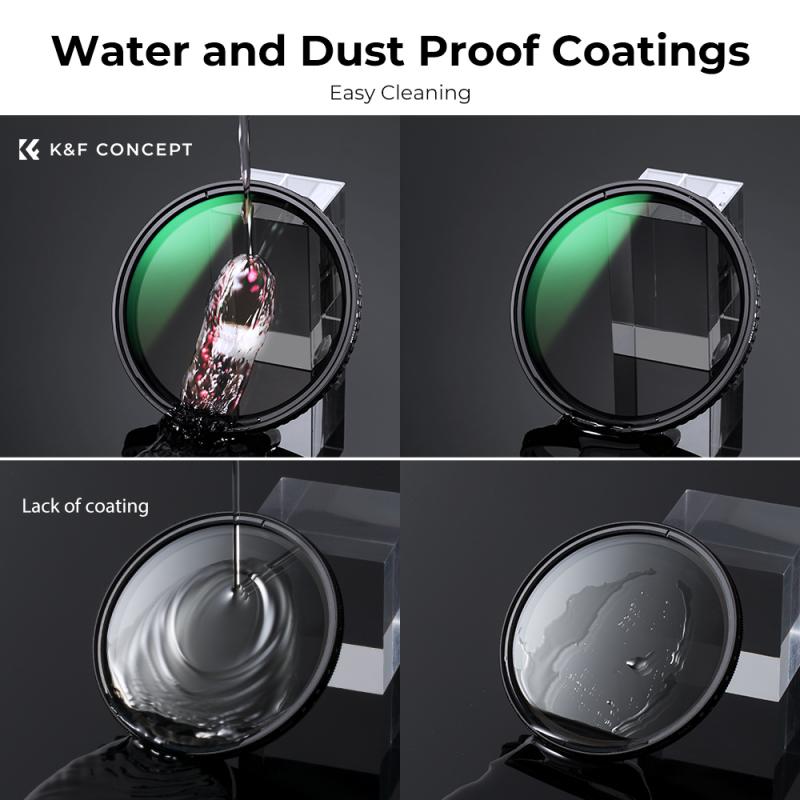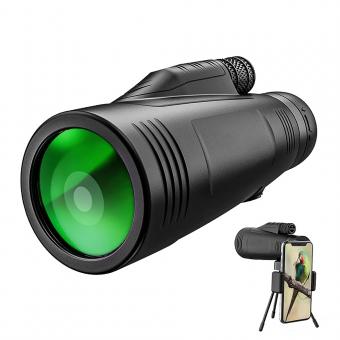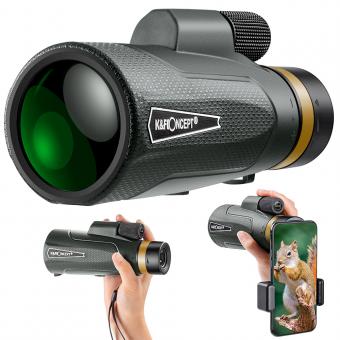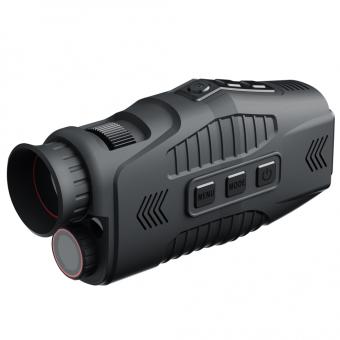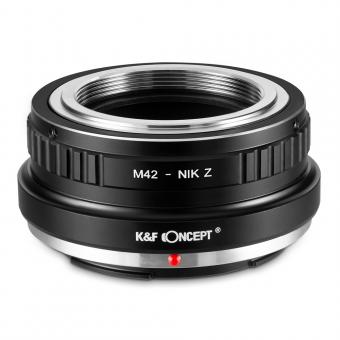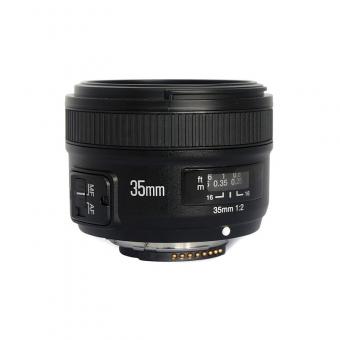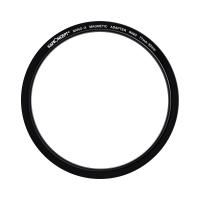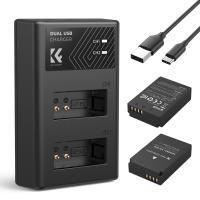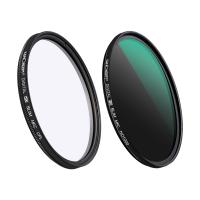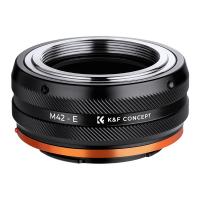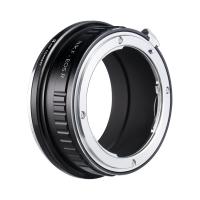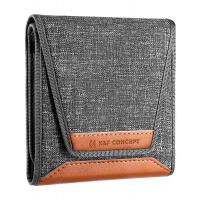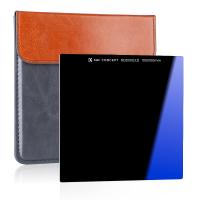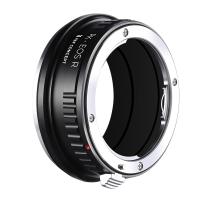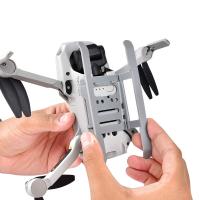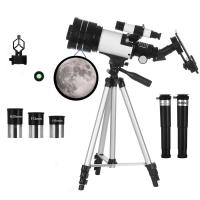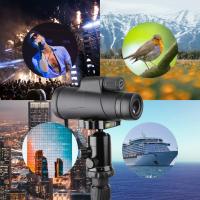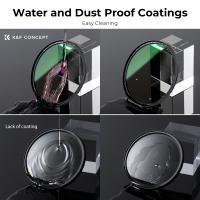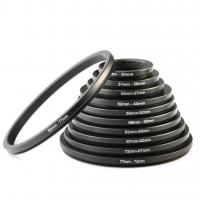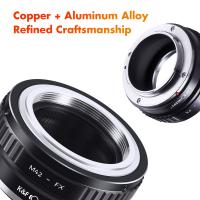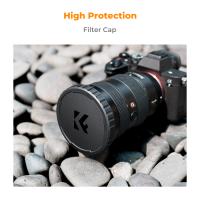What Is A Monocular Camera ?
A monocular camera is a type of camera that uses a single lens to capture images or videos. Unlike binocular cameras that use two lenses to create a stereoscopic effect, a monocular camera provides a single perspective. Monocular cameras are commonly used in various applications, including photography, videography, surveillance systems, and mobile devices. They are typically smaller and more compact than binocular cameras, making them portable and easy to carry. Monocular cameras can capture still images or record videos, and they are often equipped with features such as autofocus, image stabilization, and different shooting modes to enhance the quality of the captured content.
1、 Definition and Function of a Monocular Camera
A monocular camera is a type of camera that uses a single lens to capture images and videos. It is commonly used in various applications such as smartphones, surveillance systems, and autonomous vehicles. Unlike a stereo camera that uses two lenses to create a 3D effect, a monocular camera captures images in 2D.
The main function of a monocular camera is to capture visual information and convert it into digital data. It uses a lens to focus light onto an image sensor, which then converts the light into electrical signals. These signals are processed by the camera's software to create a digital image or video.
One of the key advantages of a monocular camera is its compact size and simplicity. It requires only one lens and sensor, making it more cost-effective and easier to integrate into various devices. Additionally, monocular cameras are capable of capturing high-resolution images and videos, providing clear and detailed visual information.
In recent years, there has been a growing interest in using monocular cameras for depth estimation and 3D reconstruction. By analyzing the visual cues in a single image or video, advanced algorithms can estimate the depth and create a 3D representation of the scene. This has applications in augmented reality, robotics, and autonomous navigation systems.
Overall, a monocular camera is a versatile imaging device that plays a crucial role in capturing visual information. Its compact size, cost-effectiveness, and ability to capture high-resolution images make it a popular choice in various industries. With advancements in computer vision and machine learning, monocular cameras are becoming even more powerful in their ability to understand and interpret the visual world.
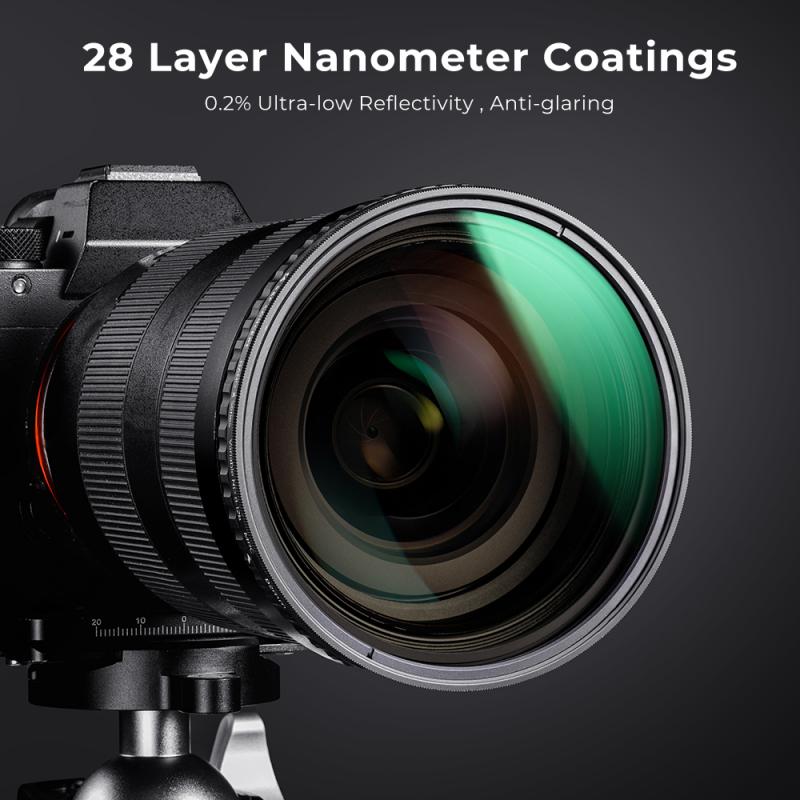
2、 Types and Features of Monocular Cameras
A monocular camera is a type of camera that uses a single lens to capture images and videos. It is commonly used in various applications such as smartphones, surveillance systems, and autonomous vehicles. Unlike binocular cameras that use two lenses to create a stereoscopic effect, monocular cameras capture images from a single perspective.
Monocular cameras have several features that make them popular in different industries. Firstly, they are compact and lightweight, making them suitable for portable devices like smartphones. This allows users to easily carry and use them on the go. Additionally, monocular cameras are cost-effective compared to binocular cameras, making them more accessible to a wider range of users.
One of the key advantages of monocular cameras is their ability to capture depth information. While they do not provide the same level of depth perception as binocular cameras, they can still estimate depth by using techniques such as motion parallax and image processing algorithms. This makes them useful in applications like augmented reality, where depth perception is crucial for realistic virtual object placement.
In recent years, there has been a growing interest in monocular cameras for autonomous vehicles. These cameras, combined with advanced computer vision algorithms, can help vehicles perceive their surroundings and make informed decisions. Monocular cameras provide a cost-effective solution for depth estimation and object detection, enabling autonomous vehicles to navigate safely and efficiently.
Overall, monocular cameras offer a compact, cost-effective, and versatile solution for capturing images and videos. With advancements in technology and computer vision algorithms, their capabilities continue to improve, making them an essential component in various industries.
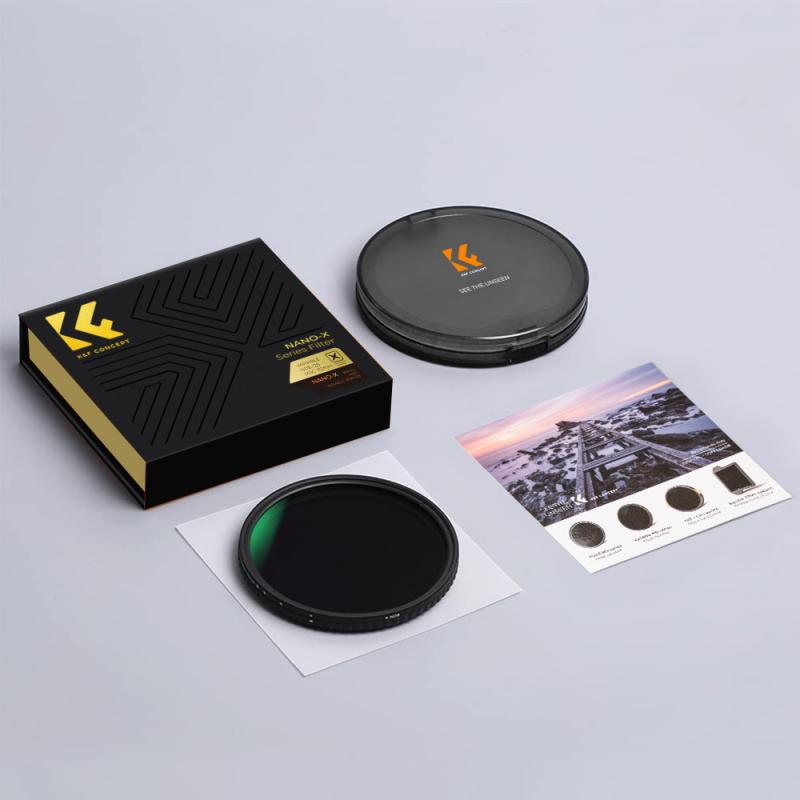
3、 Applications and Uses of Monocular Cameras
A monocular camera is a type of camera that uses a single lens to capture images and videos. It is commonly used in various applications where depth perception is not a critical requirement. Unlike stereo cameras that use two lenses to create a 3D effect, monocular cameras capture images in 2D.
Monocular cameras have a wide range of applications across different industries. In the field of robotics, monocular cameras are used for object detection, tracking, and recognition. They are also used in autonomous vehicles for tasks such as lane detection, traffic sign recognition, and pedestrian detection. Monocular cameras are also commonly used in surveillance systems for monitoring and recording activities in both indoor and outdoor environments.
In recent years, there has been a growing interest in using monocular cameras for augmented reality (AR) applications. AR overlays digital information onto the real world, and monocular cameras can be used to capture the real-world environment and provide input for AR systems. This allows users to interact with virtual objects and information in a more immersive way.
Another emerging application of monocular cameras is in the field of healthcare. They can be used for remote patient monitoring, telemedicine, and surgical assistance. Monocular cameras can capture high-resolution images and videos that can be analyzed by healthcare professionals to diagnose and monitor patients.
Overall, monocular cameras have a wide range of applications and are continuously evolving with advancements in technology. They offer a cost-effective and versatile solution for various industries, making them an essential tool in many fields.
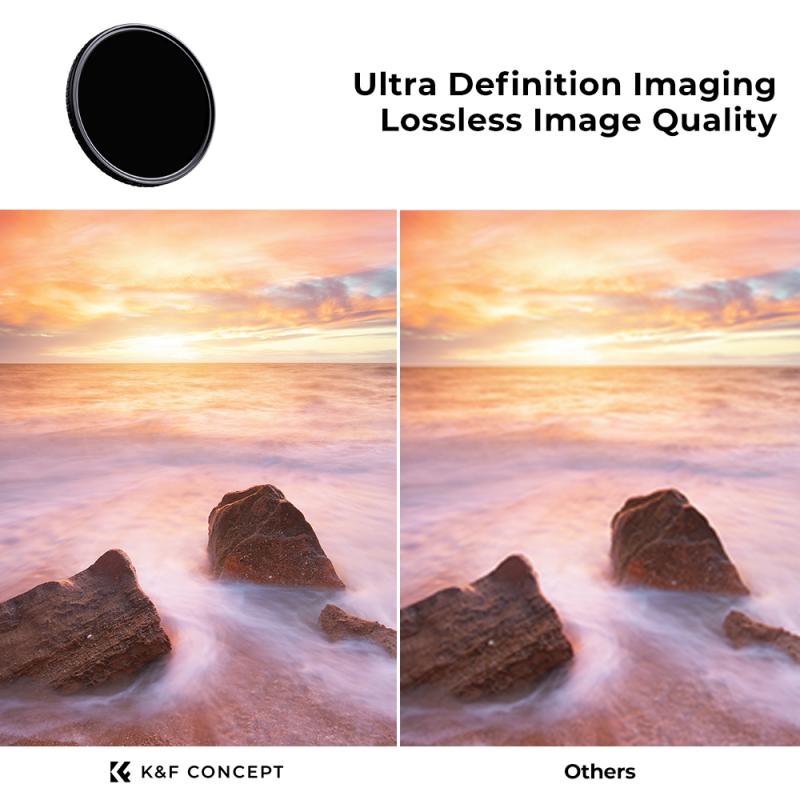
4、 Advantages and Limitations of Monocular Cameras
A monocular camera is a type of camera that uses a single lens to capture images and videos. It is commonly used in various applications such as smartphones, surveillance systems, and autonomous vehicles. Unlike stereo cameras that use two lenses to capture depth information, monocular cameras rely on other techniques to estimate depth and perceive the three-dimensional world.
Advantages of Monocular Cameras:
1. Cost-effective: Monocular cameras are generally more affordable compared to stereo cameras, making them a popular choice for many applications.
2. Compact and lightweight: Due to the use of a single lens, monocular cameras are smaller and lighter, making them easier to integrate into devices with limited space.
3. Simplicity: Monocular cameras have a simpler setup and require less computational power compared to stereo cameras, making them easier to use and process data in real-time.
4. Wide availability: Monocular cameras are widely available in the market, making them easily accessible for various applications.
Limitations of Monocular Cameras:
1. Lack of depth perception: Monocular cameras cannot directly measure depth information, which can limit their ability to accurately perceive the three-dimensional world.
2. Limited accuracy: Depth estimation techniques used in monocular cameras are prone to errors, leading to less accurate depth maps and object detection.
3. Occlusion challenges: Monocular cameras struggle to handle occlusion, where objects are partially or completely hidden from view, making it difficult to accurately track and detect objects.
4. Reduced performance in low-light conditions: Monocular cameras rely on ambient light, and their performance can be significantly affected in low-light environments.
The latest point of view on monocular cameras is the integration of advanced algorithms and machine learning techniques to improve depth estimation and object detection. Researchers are exploring the use of deep learning models to enhance the accuracy and robustness of monocular camera systems. Additionally, the combination of monocular cameras with other sensors, such as LiDAR or radar, is being explored to overcome the limitations of monocular cameras and improve their overall performance in various applications.
